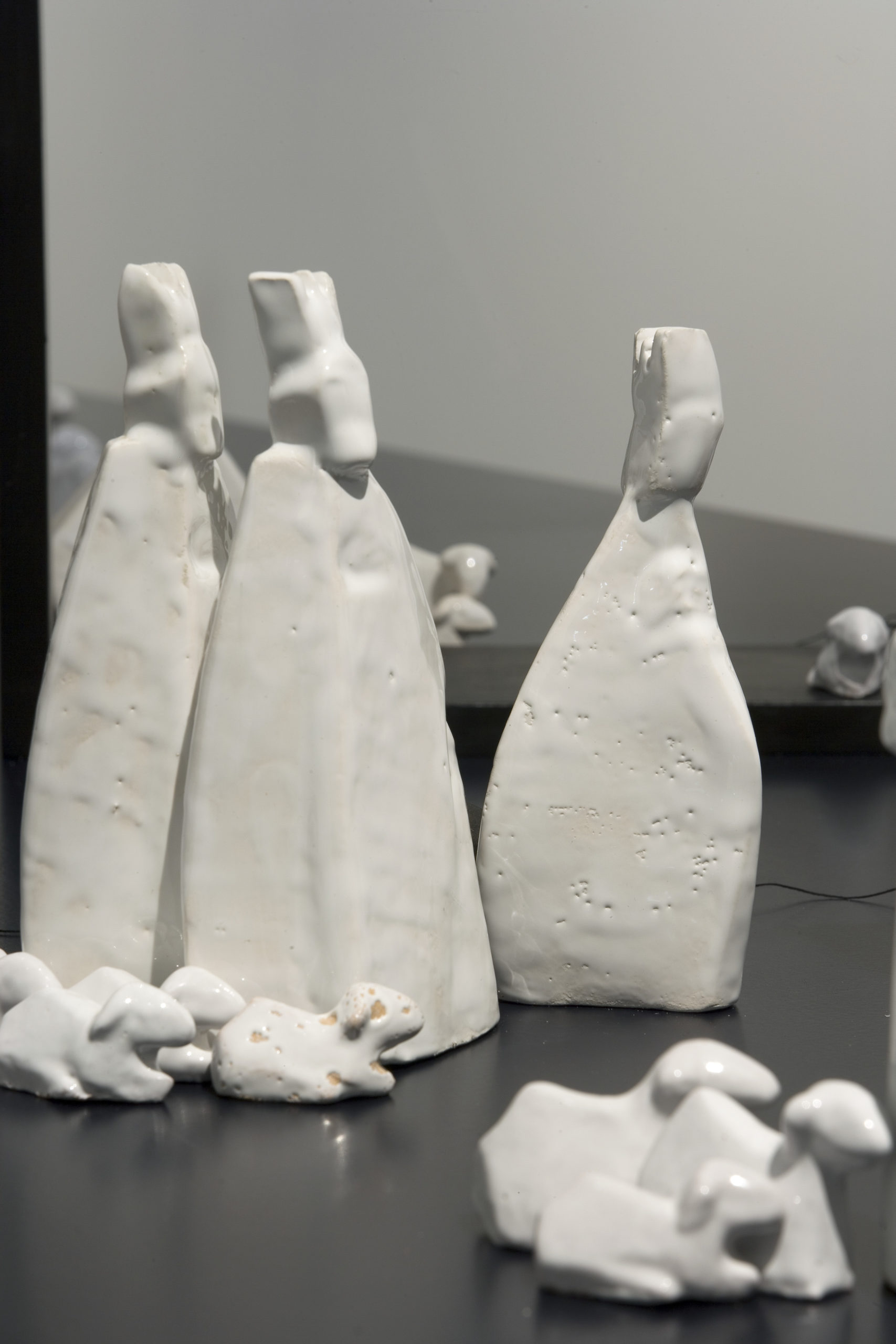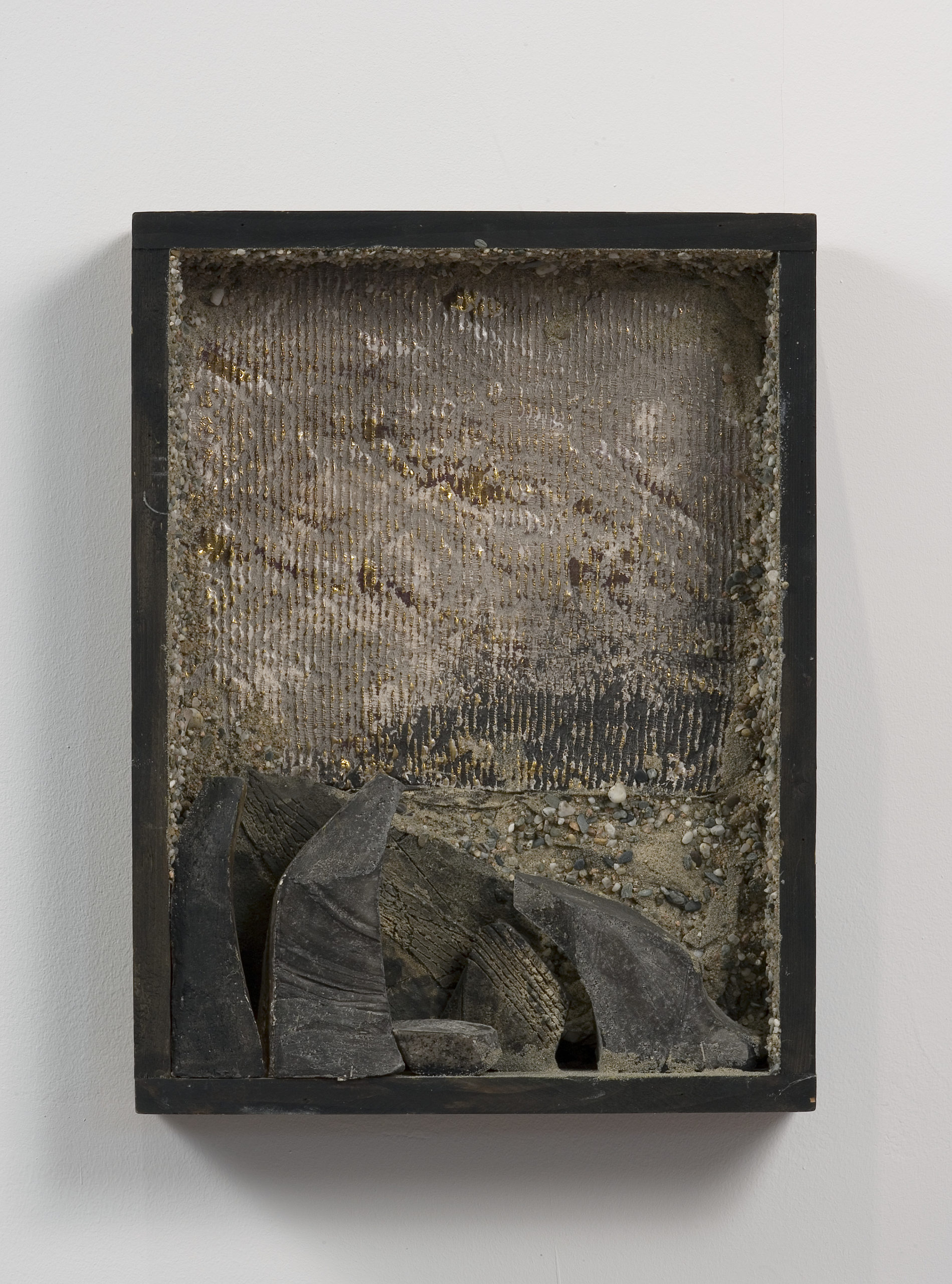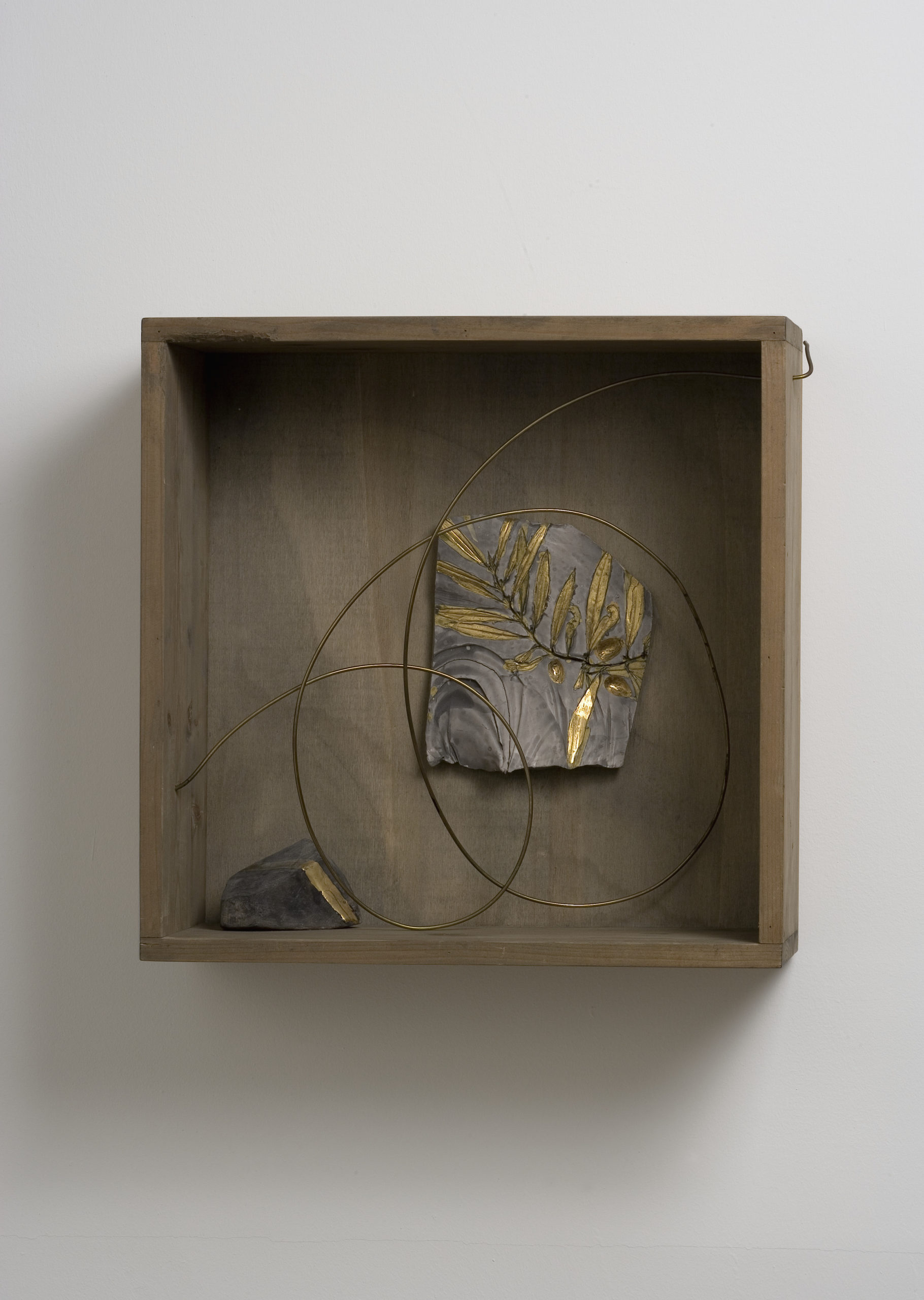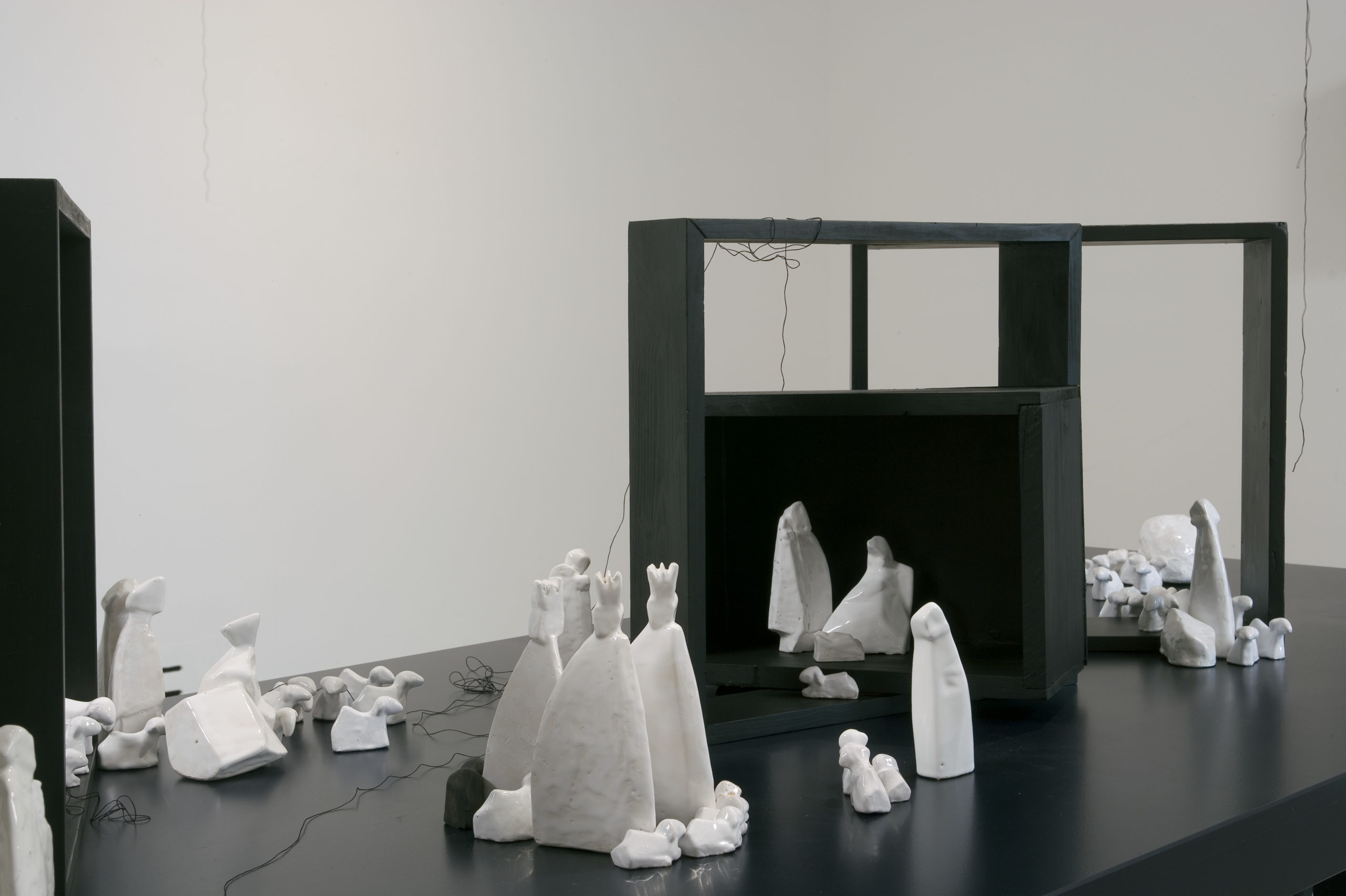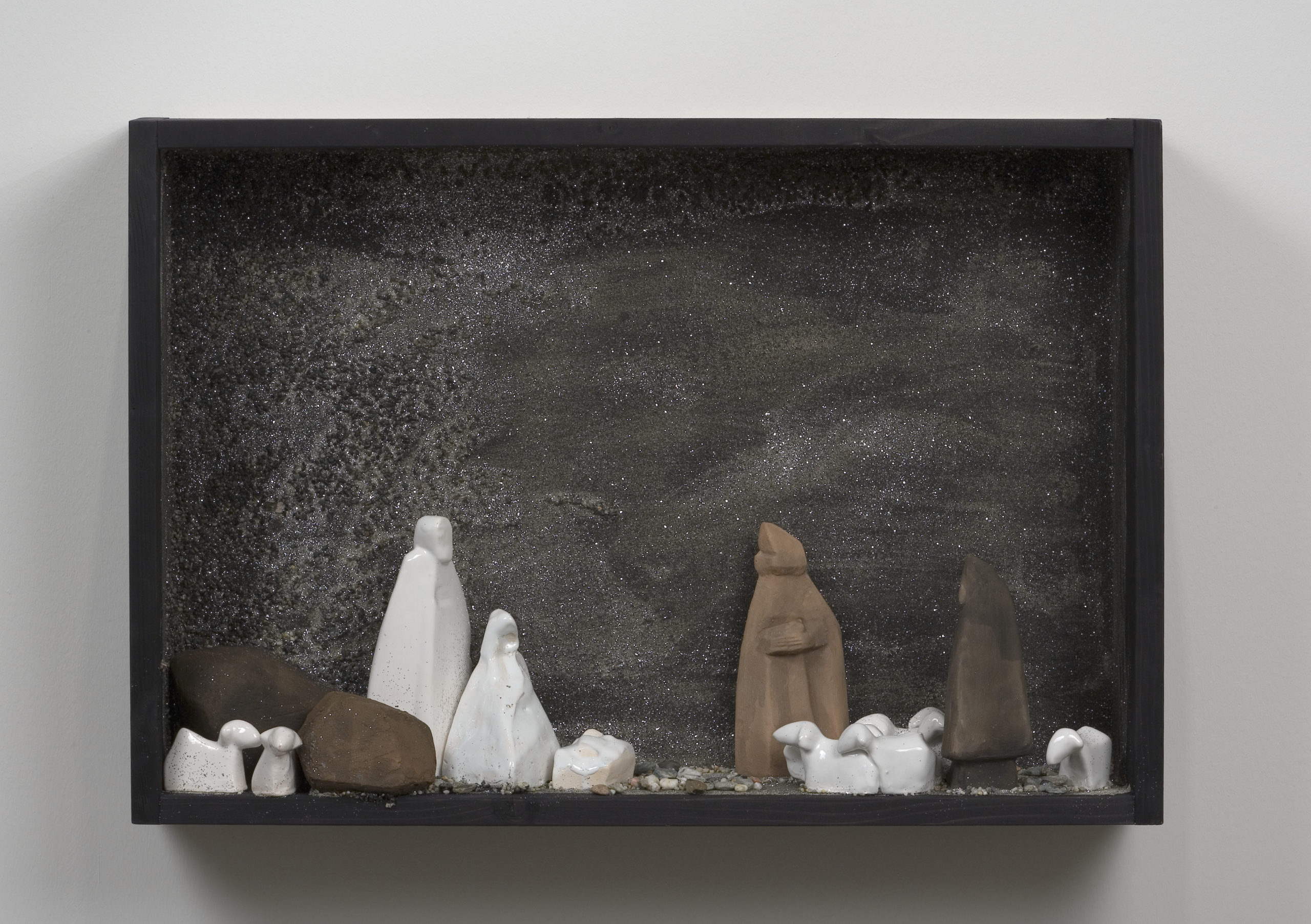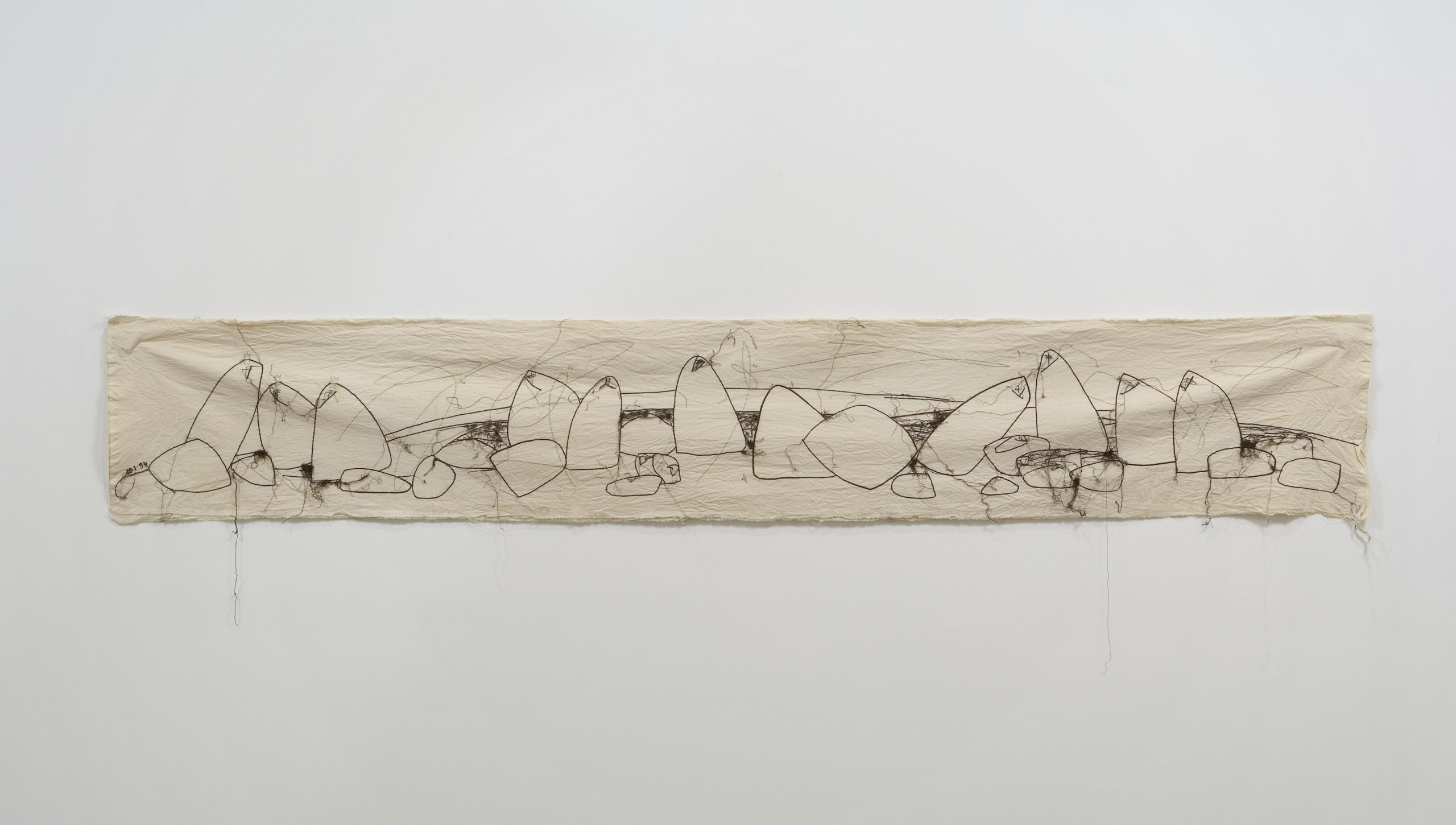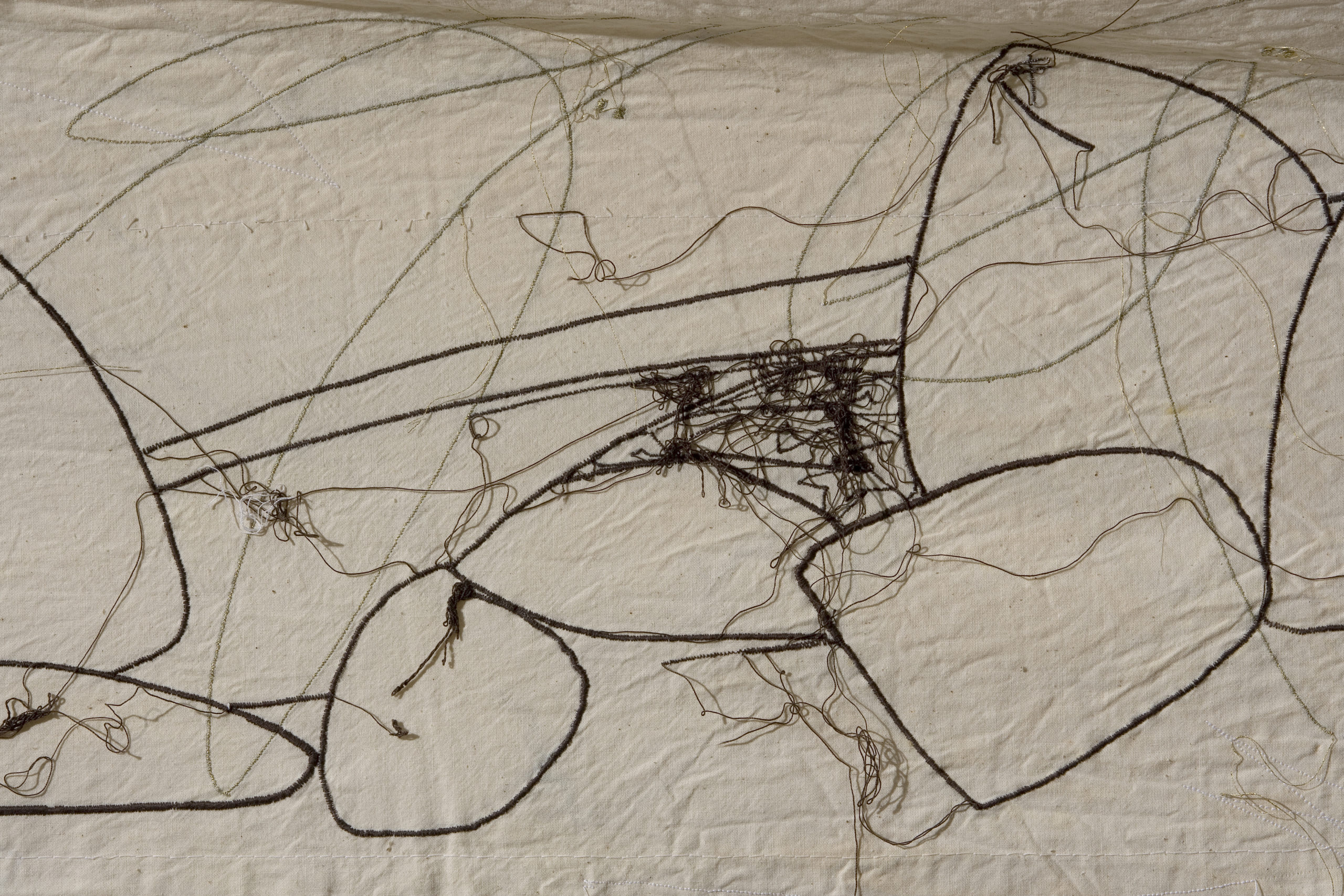Where and when
From
To
Museo Novecento
On December 20, the Museo Novecento inaugurates Room, a new exhibition space on the ground floor, with a project dedicated to Maria Lai (Ulassai, 1919 – Cardedu, 2013), one of the most important Italian artists of the twentieth century.
Exhibition Hours
Winter Hours
Monday – Sunday
11.00 am
–
8.00 pm
Thursday
Almost one hundred years after its birth, the museum pays tribute to this silent protagonist of contemporary art, with the exhibition “Year zero” (until 28 March 2019) dedicated to nativity scenes in terracotta, stones, fabric and wood, one of the themes dearest to the artist, already present in Florence in the monographic Maria Lai. Il Filo e l’infinito, an exhibition dedicated to her this spring at Palazzo Pitti.
With the cribs, Maria Lai – who over the course of her long life has devoted herself with constancy to a completely personal research on the delicate poetry of existence – captures the very essence of the poor image of the birth of the Messiah and the adoration of shepherds and Magi takes from the Gospel, and fixes the year of his birth with an emblematic title: year zero. Beginning of the story and vertigo of the symbol found at the crossroads between fable and epic, between earth and cosmos, between human and divine. From the hands of Maria Lai poor artifacts are born built with ancient wisdom, small monuments to the desire for peace and brotherhood, tiny scenographies that reproduce on the surface of a plate the whole world, history, dreams and utopias that resist scattered everywhere on earth, between peoples.
Each crib is an unprecedented invention that never repeats itself and renews the original matrix, that evangelical plot that always replicates an experience of approaching the sacred, the manifestation of the god among us. “I love the nativity scene – said the artist – as an experience of something that, the more I investigate the inexpressible, the more I find truth, the more childish and naive I become, and the more I am reborn”.
First of all, the nativity scene is for children, that period of life that we know has never ended and never completed. The small world of the nativity scene always remains in the balance between fairy tale and history, between the miraculous, unique and unrepeatable fact, and the daily occurrence that always repeats itself: a child is born in a shack but he is the king of the world, and his mother , a beautiful girl married to a carpenter, gave birth to him as a virgin. The normal order of human events is reflected in a superior design. This echo, this resonance in the history of the sacred is what fascinates the crib. But it is a sacred that speaks in the language of the fable, to the amazement of children, and this is its storytelling and a little magical, enchanting power. Giovanni Papini wrote “that without childhood no true sense of cosmicity is possible and no poetry is given without a cosmic song”. It is no coincidence that in the center of the perspective space of the crib there is a child and a star at the top. There are two trajectories of the gaze, that of childhood and that of the cosmos, which Maria Lai always follows in her artistic and poetic journey. She has returned to it over the years with a constancy and dedication that show how, from her point of view, that subject was an open paradigm, from which to start to tell simple truths about human existence and the thirst for infinity, about life and the dark. presence of the unknown, about friendship and compassion, about ancestral questions and truths.
Thinking of the nativity scene in serial terms, but practicing it with the gaze of poetic childhood, Maria Lai overcomes the cold conceptual execution to enter the world of pure imagination, that of figurative storytelling, crossing anthropology and metaphysics, fable and theology. In his works the lyrical simplicity of the poet’s language, the musical bliss of the mystical soliloquy, welcome and amplify in a prophetic sense his strong, essential, political voice, which records great struggles and small revolutions, fears and pains, wars fratricide and planetary collapses. Maria Lai wrote: “I love the nativity scene for the topicality of its migrations towards unlikely destinations“, assigning to the fragile imaginations in terracotta and stones, fabric and wood, a political function that is not expressed with the rhetorical tone of ideology, but with simple words and therefore truly originating in the archaic culture. There are many other statements by Maria Lai with which the artist wanted to affirm his love for the nativity scene and motivate the reasons: “I love the nativity scene because, like art, it is the vast breath of a journey”, or ” I love the nativity scene because, like art, it dialogues with the infinite“and contemplating one of its small cosmic theaters, in which the characters live inscribed in a portion of infinity, we imagine the road traveled by migrants Mary and Joseph, that of a comet in the sky, the story of a god who descended to earth.
An initiatory journey that is also that of imagination and gaze, that of the interior life, and that of the hope of a different world: “I love the crib because it gathers us around the hope of a new world”. From the charm emanating from the nativity scene he captures the archetypal dimension of its staging or scenographic architecture: “I love the nativity scene because, in the darkness of the night, it becomes a womb, a refuge“, or, “I love the nativity scene because in the space of a tabernacle it contains angels and stars, flocks and shepherds, tragedies and prophecies”. Maria Lai transforms personal memories and experiences into universal images, traditions and popular rites of her land in a universal and international artistic language: “I love the crib because it is proposed to all languages of the world” and “Like art, the crib has the possibility of infinite personal interpretations“.



